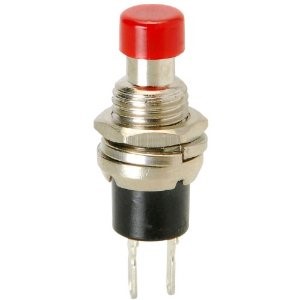PBT_PU= power button
SLP_S3 = output signal, if system power on, the S3 signal will from Low to High.
If system power off, the S3 signal will from high to low.
When you used PBT_PU and GND pin, it just like power button, they are the same function for power on and power off.
Please use the reset switch button. It will running software shut down action.
This push button will shut down normally when you click it in OS.
If you press the push button about 4 seconds, it will unpowered immediately.

When you used SLP_S3 and GND connect with another device, it will send low (shutdown) or High (power on) signal to the device.
e.g.:
You connect SLP_S3# with another computer, when you power off the NISE system, the SLP_S3# will switch from high to low signal.
The computer received the low signal from NISE, it can determine how to deal with by itself.
Such as following the NISE to shut down or wake NISE up.